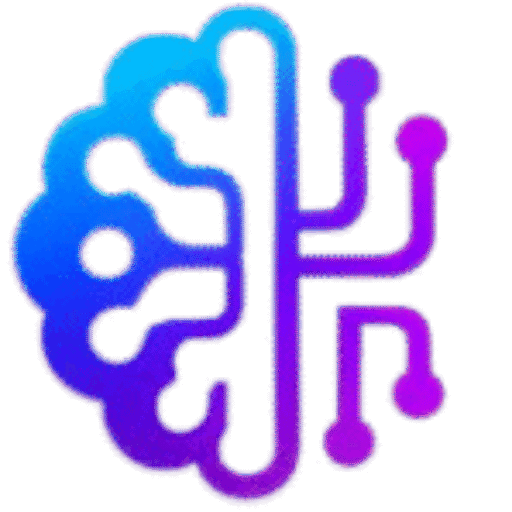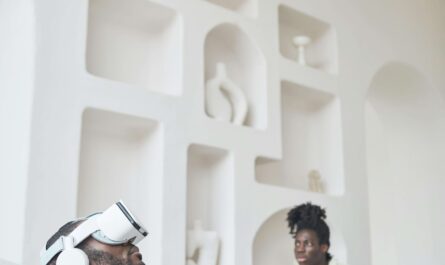How to Use AI for AR/VR Product Prototyping
Introduction: Why AI + AR/VR is a Big Deal
A few years ago, building augmented reality (AR) or virtual reality (VR) experiences needed huge budgets, a big dev team, and weeks of coding. Today, AI-powered tools are changing that. Now, even small teams, startups, or solo designers can build interactive AR/VR prototypes quickly—all thanks to artificial intelligence.
In this guide, you’ll learn what tools to use, how to integrate them step by step, and real-world examples to help you see how AI can turn your idea into an immersive reality.
What is AR/VR prototyping?
Before we jump in, let’s quickly break it down:
✅ AR (Augmented Reality): Adds digital elements (like 3D models or info) to the real world using your phone or AR glasses.
✅ VR (Virtual Reality): Creates a fully digital world you can explore with a headset.
✅ Prototyping: Means building an early version of your product to test and show ideas before coding everything from scratch.
Combining these with AI means faster workflows, less manual 3D modeling, and smarter user testing.
How AI Helps AR/VR Designers
Here’s how AI makes AR/VR prototyping faster and better:
- 🧠 AI-generated 3D assets: Instead of making 3D models manually, AI tools can auto-create them from sketches or text prompts.
- 🔄 Auto-animation: Bring static objects to life with AI-powered motion tools.
- 👀 User behavior prediction: AI can simulate how users might move or interact in your VR space.
- 📱 Real-time testing: Test your AR/VR scenes instantly without heavy coding.
Step 1: Pick the Right AI Tools for AR/VR
Below are popular AI tools designers use to build immersive prototypes:
✅ 1. Gravity Sketch + AI Plugins
Gravity Sketch is a popular VR design tool for creating 3D shapes in real time. Many designers add AI plugins to auto-suggest shapes or auto-fix geometry.
✅ 2. RunwayML for 3D Generation
RunwayML’s generative AI helps you turn text prompts into 3D models or animations. Perfect for quick drafts!
✅ 3. Unity + AI Add-ons
Unity is the king of VR dev, but you can plug in AI tools like Unity ML-Agents for smart behavior simulation.
✅ 4. Kaedim
Kaedim turns 2D images into 3D models using AI—super useful if you’re starting with sketches.
Step 2: Plan Your AR/VR Experience
Start with a simple idea. For example:
- An AR furniture app where users place virtual sofas in their living room.
- A VR training module for new employees.
- An immersive VR showroom for your SaaS product.
Tips:
✔️ Sketch out user flow: how will people interact?
✔️ Decide what 3D assets you need.
✔️ Write simple AI prompts for generating those assets.
Step 3: Create 3D Assets Using AI
No more hours in Blender! Here’s how to do it faster:
Example:
You want a 3D chair for your AR app.
👉 Use Kaedim: Upload a 2D sketch → AI generates a 3D model → Export as OBJ or FBX.
👉 Or RunwayML: Write a text prompt like “modern wooden chair with armrests” → Download the generated model → Refine in Unity or Gravity Sketch.
Step 4: Build and Test in Unity or ARKit
Most AR/VR projects end up in Unity or ARKit (for iOS). Here’s how you plug AI outputs into them:
- Import your AI-made 3D models.
- Use Unity’s drag-and-drop editor to arrange your scene.
- Add AI animation or behaviors (Unity ML-Agents).
- Test in real time using your headset or AR app preview.
Step 5: Get Real-Time Feedback
One powerful AI use: user testing.
Tools like EyeQuant or UXtweak use AI to predict where users look or click in your VR app. So you can fix boring spots, improve flow, or add more interactivity.
Advanced: Train Custom AI for Smarter Prototypes
When you’re ready to go pro, build custom AI models:
- Use TensorFlow or Unity ML-Agents to train avatars that react naturally.
- Generate environment changes based on user actions.
- Run A/B tests for different prototype versions.
Daily Workflow Example
Here’s a quick daily workflow for a solo designer or small team:
Day 1: Sketch your idea on paper → Turn it into a 3D model using Kaedim.
Day 2: Arrange your scene in Unity → Add AI animations.
Day 3: Test with a headset → Collect AI user data → Tweak based on insights.
Day 4: Present to clients using a VR headset demo!
Smart Interlinking
Inside this blog, naturally link to:
- “RunwayML Full Guide for Designers”
- “Kaedim: AI 3D Creation Explained”
- “How to Use Unity for VR Projects”
- “Best AI Tools for SaaS Product Designers”
These keep your visitors exploring your site longer, boosting SEO.
Final Thoughts
AR/VR design no longer has to be hard, slow, or expensive. By adding AI tools to your workflow, you can test ideas, impress clients, and ship better experiences faster. Whether you’re designing training simulations, AR marketing apps, or VR games—AI is your new co-designer.





